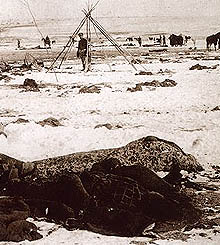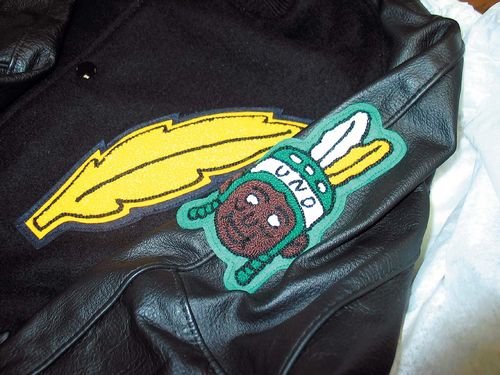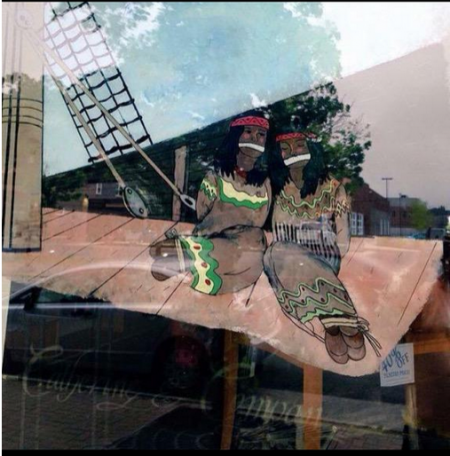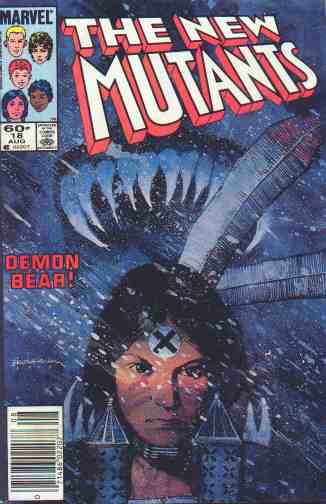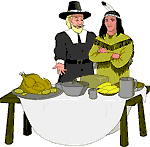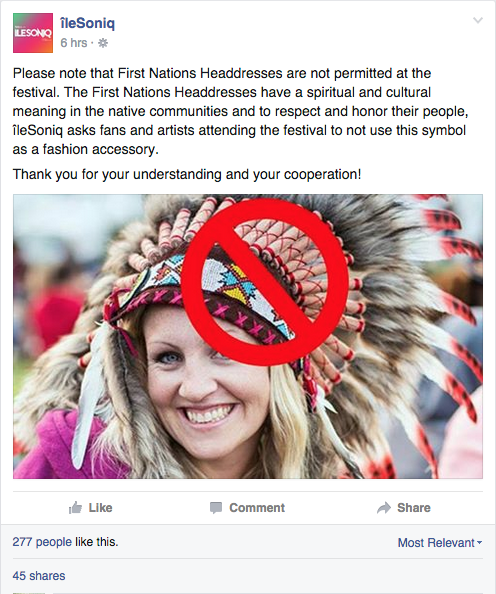Enter the James Ray 5K to be chased by Native American reenactors
By Larry Vaught
However, it’s not every day you can find a 5K—or any race—where American Indians reenactors will chase you to the finish line. Yet that’s exactly what you’ll get Aug. 15 at the James Ray 5K—Indian Attack in Harrodsburg.
“It’s all part of the Pioneer Days weekend,” said race director Terry Wasson.
Last year the event wanted to come up with something to make its 3.1-mile event unique from other races. That’s how the idea of having American Indians reenactors chase runners near the finish line originated, and Wasson said it went over so well that the same plan is in place for this year’s race.
“We’re getting set up for this again,” she said. “The (American Indians reenactors) will chase runners, and it seemed to be something that everybody really enjoyed last year. It was a big hit and came off as unique as we had hoped it would.”
If that’s not enough, Wasson said there will also be a “fort” at the finish line for runners to go into to help portray what it was like for James Ray.
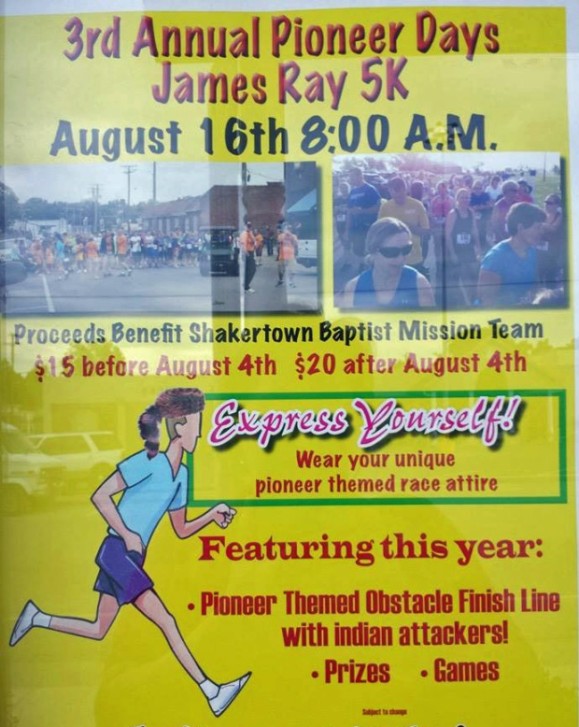
Internet doesn't approve
Ky. festival scraps “Indian Attack” from 5K
By Chris Kenning
An online registration form for the “James Ray 5K--‘Indian Attack’” race suggests runners come in costume and tells them they “can either run or walk, but don’t be surprised if you encounter some obstacles and come under attack when Indians chase you to the finish!”
The Aug. 15 race is to be part of the annual Mercer County Pioneer Days celebration. Race director Terry Wasson did not respond to requests by the Courier-Journal for an interview, but she told the Advocate Messenger newspaper this week that the idea was “a big hit” last year that organizers decided to do it again this year.
But outrage began building online this week. On Thursday, the Indian Country Today Media Network quoted University of Montana Assistant Professor of Native American Studies Theo Van Alst as saying that “in the end, it’s a celebration of the Indian removal of the area.”
By Simon Moya-Smith
Until Thursday, the “James Ray 5K Indian Attack” race, slated to take place in Harrodsburg, Kentucky, was to include a group of Native American reenactors in redface and dressed in faux Native American garb. The 'Indians' were to chase runners into the safety of an imitation fort at the end of the race, according to reports. The race, which is named for celebrated Indian fighter General James Ray who relocated as a teenager to Kentucky from North Carolina, remains scheduled for August 15.
"All concerns expressed on the James Ray 5K have been heard and the race has been altered accordingly," county officials wrote on its Facebook page. "As stated, we have altered the race to address the concerns brought to our attention. That means there are no Native Americans chasing in the race."
On Thursday, social media was abuzz with responses to the race many considered racist.

Red-face race? “Indian Attack” 5K in Kentucky canceled after Internet clues city in to the sheer awfulness of the idea
Organizers of Harrodsburg's "Pioneer Days" apparently thought this was a good idea, despite it being 2015 and all
Indians on the warpath!
Adrienne Keene explains what's wrong with this event:
James Ray “Indian Attack” 5k: Family fun for everyone!
By Adrienne Keene
Question: is this a case of a grammar error or am I correct in reading that James Ray was an Indian hunter? Like, he hunted Indians? Wow. In any case he “served in campaigns against American Indians.” GREAT. LET’S CELEBRATE THAT DUDE.
I just want to break this down for you. A town in Kentucky, which I’m guessing is not a completely Native town, signally how they were physically killed and/or relocated (ie CHASED) out of that land, holds a “pioneer days” festival to “celebrate” that history, complete with a 5k named after a guy who’s job it was to kill Indians…and decided that the best way to “honor” that history was to have white people dress up as the worst Indian stereotypes and chase runners into a fort. And not one single person thought that was a bad idea. In fact, it was so great they did it again!
Speaking of doing it again, here are some choice quotes from the article last year (where the photo at the top comes from):
“Dressed as Native America warriors, Nick Laymon and Kayla Slone giggled as they waited to swoop down with a little extra “fuel” at the James Ray 5K’s finish line. Veins popped out of Laymon’s neck as he and Slone bellowed and shrieked, inspiring more laughter than fear as they chased runners all the way to the finish line.”
Always the “warriors”–what makes them warriors? Like, honestly. Always warriors and princesses. But the “veins popp[ing] out” of his neck? What’s the point of that detail? To make him seem more savage and war-like? Gross.
Judging by the links below, there's a boomlet of white folks dressing up as Indians in historical pageants. Is this really happening?
For more on redface, see Wyoming Pageant Features Whites in Redface and Ontario Camps Feature Mock Ceremonies.


